8-2. The top center of what presumably was intended to be the top side of the Phaistos disc carries a kind of flower (my sign number 1): 
... Most of the people in our van took advantage of the interlude to shop at the nearby stalls set up by highland Maya who had come down to Tikal to take advantage of the steady supply of tourists. However, one of our group, Harriet Gillett, a retired physician and an inveterate bird-watcher, had other interests. She noticed a nearby tree heavy with white blossoms and surrounded by a raucous sphere of birds and bees. She climbed out of the van with her binoculars around her neck, and walked over to take advantage of the unexpected opportunity the morning had provided. Our local guide, Francisco Florián, who knew the forest and its creatures in an unusually intimate way, joined her, explaining that the birds came to the tree only early in the morning. The sounds and the odd sight finally drew my attention and I too disembarked from the van and edged closer to the buzzing center of the action. I stared at the screaming birds as they fought for positions among the flowers and the hovering drone of thousands of bees. How beautiful, I thought, and then my gaze happened to settle on the trunk of the tree. It had thorns and it bulged just above the ground. It was a young ceiba tree. I already knew that the ceiba tree was the model for the sacred World Tree of the Maya, but I had never seen one in flower when I knew what I was looking at. I was really excited because normally you can't see the blossoms even if you're there when the tree is in blossom. The fully mature trees are hundreds of feet high. and the blossoms are very small. 'It's a ceiba', I chirped and began looking for a branch low enough to see one of the blossoms up close. Joyce Livingstone, a retired teacher, did the logical thing. She bent over, picked up a fallen branch, and held it out for me to see. I was too excited and full of myself to listen. She tapped my arm more insistently and still I didn't hear her. Finally, in frustration, she grabbed my wrist and raised her voice. 'Will you look at these?' she said, waving the branch, and finally I did. What I saw stunned me, for in her hand lay a perfect replica of the earflares worn by the Classic Maya kings. Suddenly I understood the full symbolism of so many of the things I had been studying for years. The kings dressed themselves as the Wakah-Chan tree, although at the time I didn't know it was also the Milky Way. The tzuk [partition] head on the trunk of the tree covered their loins. The branches with their white flowers bent down along their thighs, the double-headed ecliptic snake rested in their arms, and the great bird Itzam-Yeh stood on their head. I already knew as I stood under the young tree in Tikal that the kings were the human embodiment of the ceiba as the central axis of the world. As I stood there gazing at the flowers in Joyce's hand, I also learned that the kings embodied the ceiba at the moment it flowers to yield the sak-nik-nal, the 'white flowers', that are the souls of human beings. As the trees flowers to reproduce itself, so the kings flowered to reproduce the world ...
The taming of the fire was so crucial for survival that it never was forgotten, and nowadays we are all using the various expressions of fire, as far as I know without exceptions. Thus it characterizes Man and makes him unique in the world of us created beings.
We should here not miss the opportunity to contemplate the single feather at the pronounced Occiput (Teke) of the bird in day 178 (JUNE 11 + 16)
which was followed 6 days later by a similar 'feather' at the back side of the headgear of the king (where his visual cortex was located):
... Long ago in the very beginning of time there dwelt within a shell an infant god whose name was Ta'aroa. He was Ta'aroa the unique one, the ancestor of all gods, the creator of the universe whose natures were myriad, whose backbone was the ridgepole of the world, whose ribs were its supporters. The shell was called Rumia, Upset. Becoming aware at last of his own existence and oppressed by a yearning loneliness Ta'aroa broke open his shell and, looking out, beheld the black limitless expanse of empty space. Hopefully, he shouted, but no voice answered him. He was alone in the vast cosmos. Within the broken Rumia he grew a new shell to shut out the primeval void. Eons passed and Ta'aroa grew to be a lad conscious of his own vigor and potentialities. Impatience grew upon him until he could bear his isolation no longer. He broke forth from his shell with energy, resolved to create beings like himself who would banish his loneliness forever. Ta'aroa's first act was to construct a firm foundation for the earth, using the strong second shell for stratum rock. The shell Rumia became his dwelling place, the overarching dome of the sky. It was a confined sky enclosing the world just forming, and in its deep and abiding night the lad attained manhood. There were no Sun, Moon, or stars and only one other living creature, the Great Octopus. The sun was held down close above the slowly evolving earth by the Great Octopus, Tumu-rai-fenua, Foundation of Heaven and Earth, who lived in the primeval waters on which the earth floated. One of his arms was to the north, one to the south, one to the east and another to the west. With these vast arms he held the sky, the shell Rumia, close down against the earth. Meanwhile on the earth itself various generations of rocks were born, one after the other; then sand appeared. Roots were born and as they spread they held the sand together and the land became firm. Ta'aroa sat in his heaven above the earth and conjured forth gods with his words. When he shook off his red and yellow feathers they drifted down and became trees ... In between there were 6 right ascension nights 'sleeping mats' (moega). ... On the fifth day of the month of July ('Anakena'), they all got up, went downhill [he turu], went on, and reached Hanga Te Pau. They took their provisions with them, carrying them on their shoulders [he amoamo], went on, and reached Te Pou [The Pole → Sirius]. They made camp and slept in Te Pou on the tenth day of the month of July ('Anakena') ... [E:22] ... For six days (po ono), mats (moenga) were taken on board the canoe (i.e., the loading of the canoe took six days). Hotu's canoe [te miro. o Hotu] sailed [he oho] from Maori to Te Pito O Te Kainga. It sailed on the second day of September (hora nui) ... [E:74] On side a of the Phaistos disc there are 3 'high summer flower' signs, but there is none on its bottom side. 3 * 8 = 24:
By the way, sign number 75 (my type number 23) could well illustrate the flower of a blue lotus (Nymphae cerula according to Wilkinson), and my perception seems to be supported by the design of the preceding 'bow' sign (my type number 24) at the beginning of the 19th department on side a of the disc.
When in Egypt this kind of water lily was depicted standing upright (as sign number 75 on the Phaistos disc) it meant it stood in water (tuutu vai), viz. in its proper place. It also indicated Upper Egypt. ... These are the handsome sons of Te Taanga, who are standing in the water', for this is the name [te ingoa] that the dream soul of Hau Maka gave them. Unforgotten (? kai viri kai viri) are they, these three ... [E:17 → 178 - 161] Thus, I think (→ i.e. following the descriptions of seschen by Wilkinson), this kind of water-lily ought to have marked where the Sun was about to rise.
... Men's spirits were thought to dwell in the Milky Way between incarnations. This conception has been handed down as an Orphic and Pythagorean tradition fitting into the frame of the migration of the soul. Macrobius, who has provided the broadest report on the matter, has it that souls ascend by way of Capricorn, and then, in order to be reborn, descend again through the 'Gate of Cancer'. Macrobius talks of signs; the constellations rising at the solstices in his time (and still in ours) were Gemini and Sagittarius: the 'Gate of Cancer' means Gemini ...
The brightest star in the night sky was Sirius. And, remarkably, it followed the pace of daytime Sun. ... Pliny wants to assure us that 'the whole sea is conscious of the rise of that star, as is most clearly seen in the Dardanelles, for sea-weed and fishes float on the surface, and everything is turned up from the bottom'. He also remarks that at the rising of the Dog-Star the wine in the cellars begins to stir up and that the still waters move ... ... The Sothic cycle was based on what is referred to in technical jargon as 'the periodic return of the heliacal rising of Sirius', which is the first appearance of this star after a seasonal absence, rising at dawn just ahead of the sun in the eastern portion of the sky. In the case of Sirius the interval between one such rising and the next amounts to exactly 365.25 days - a mathematically harmonious figure, uncomplicated by further decimal points, which is just twelve minutes longer than the duration of the solar year ... The place of heliacal Sirius (*101) was in day 181 (June 30) + 16 ↔ July 16 when the Sun reached ξ Puppis;
i.e., that prominent star closest to the mast of Argo Navis on the Little Shield above the steering oar of Canopus:
|
|||||||||||||||||||||||||||||||||||||||||||||||||||||||||||||||||||||||||||||||||||||||||||||||||||||||||||||||||||||||||||||||||||||||||||||||||||||||||||||||||||||||||||||||||||||||||||||||||||||||||||||||||||||||||||||||||||||||||||||||||||||||||||||||||||||||||||||||||||||||||||||||||||||||||||||||||||||||||||||||||||||||||||||||||||||||||||||||||||||||||||||||||||||||||||||||||||||||

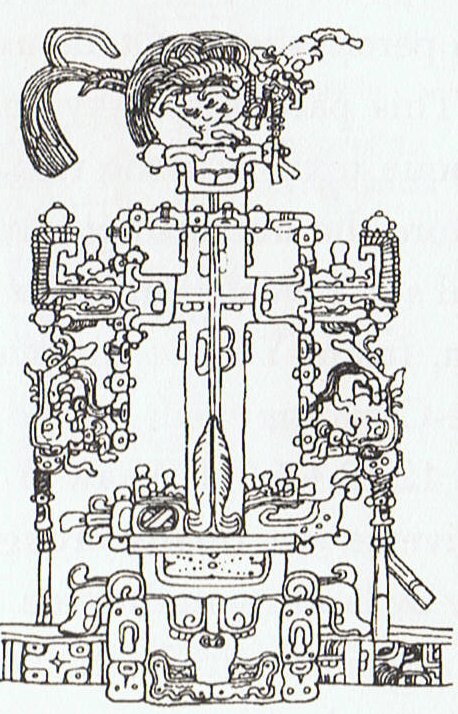
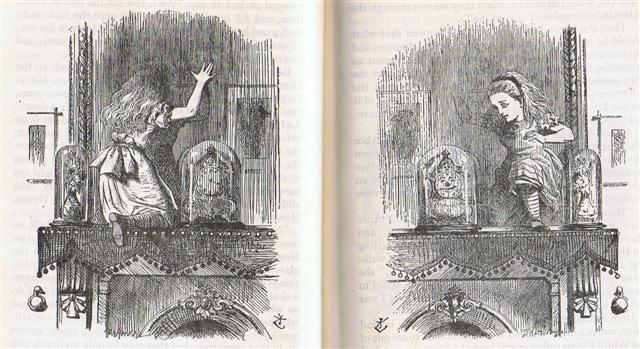




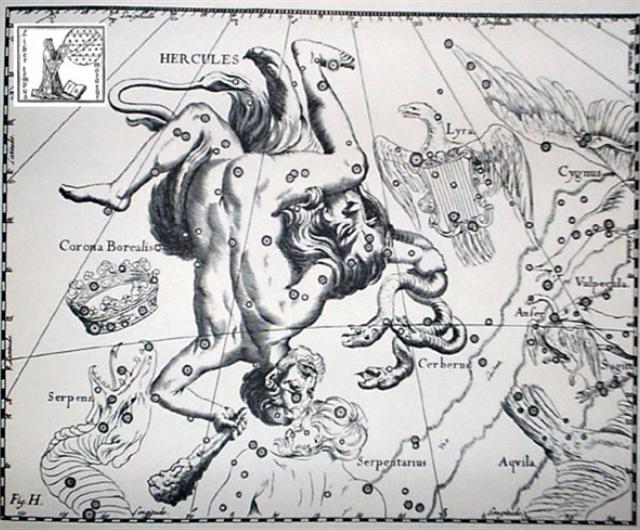
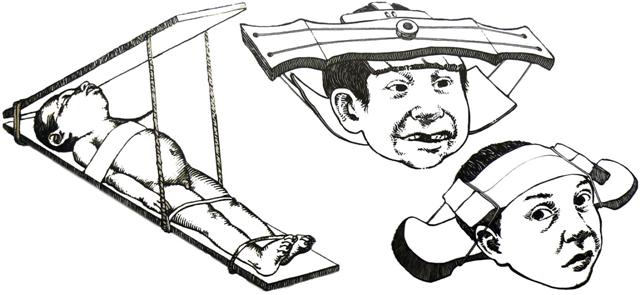


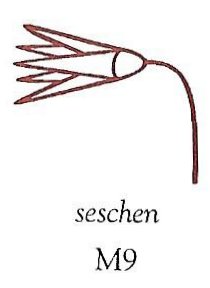


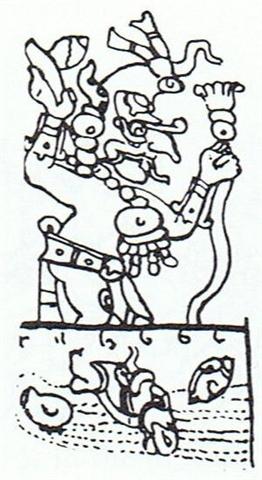

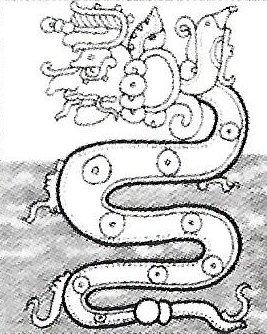





.jpg)